Pengkuei Ben Huang: Coastal Mammoth
The 2011 tsunami caused an unprecedented amount of damage, chaos and grief. Everyone in Japan was affected in one way or another. The Japanese government soon began to erect a gigantic wall at the cost of billions in the northeast region of the country after the earthquake that caused the tsunami.

Although the benefits of such a wall are more than obvious — it would break off a future tsunami and it would ideally prevent it from causing such mayhem — it is not as clear-cut as it seems. The locals are feeling anxious as the wall isolates them, it prevents them from seeing directly what’s going on in the sea. Not only this but in order to build the wall some of the wetland that already exists along the coast has to be built upon even though it provides fertile ground for birds and marine species.
Ben Huang has documented this transformation in his peaceful and serene body of work Coastal Mammoth. At first, it’s unclear to identify what the viewer is looking at. There are cranes and it’s clearly a construction site but it’s easy to be lulled by the clear skies, green forests and water.
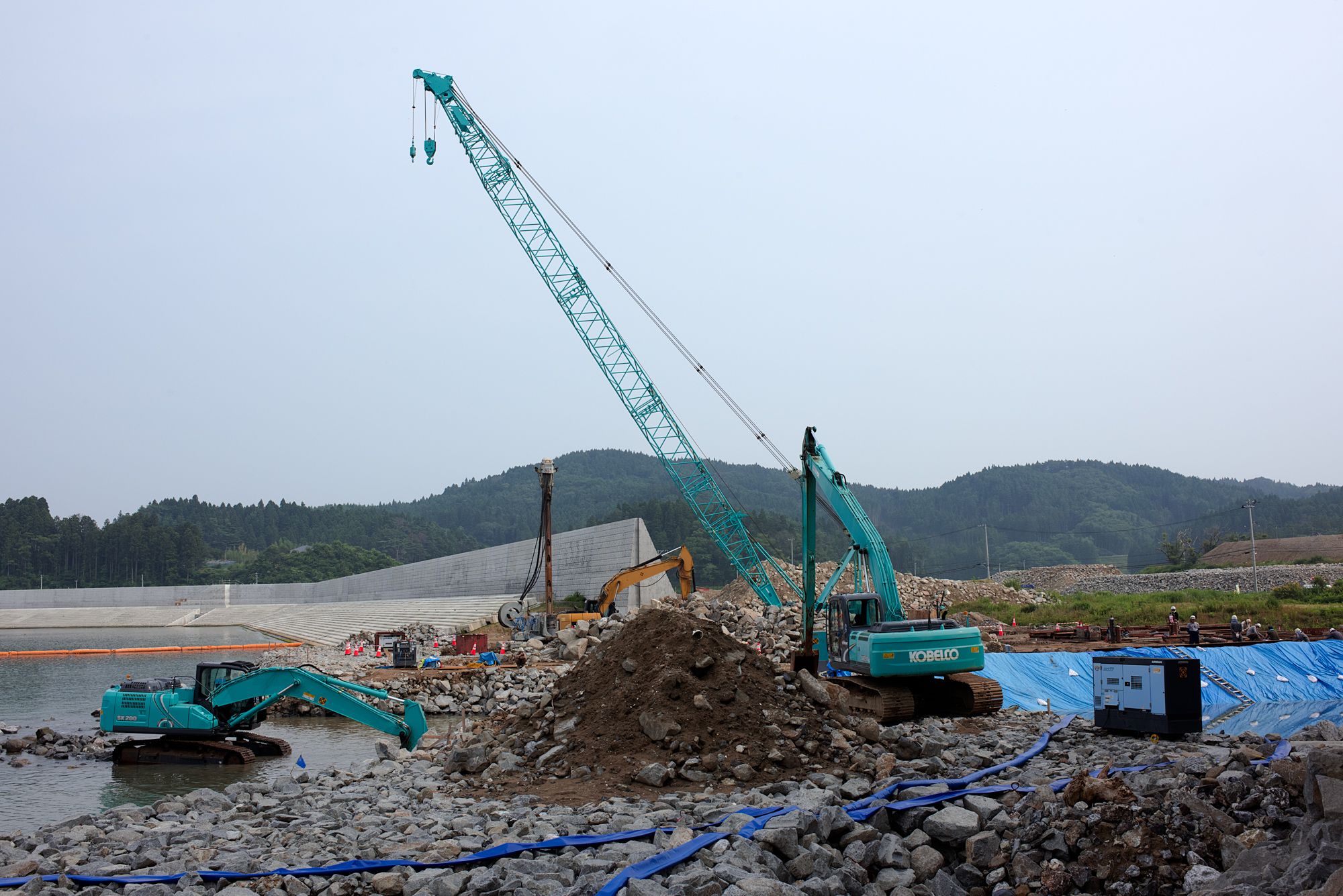
It doesn’t take long, however, to realize that there’s a concrete structure that appears in all the photographs, clearly the main subject of the project. We begin to wonder what it is. There are towers and wires and it’s clearly a gigantic project. When we read the photographer’s statement it hits us — it’s Japan, once devastated by the disaster in 2011, and this is the wall that is designed to prevent this from ever happening again. But will it work? Only time will tell but the government had to do something, it couldn’t have sat on its hand and not made immense changes.
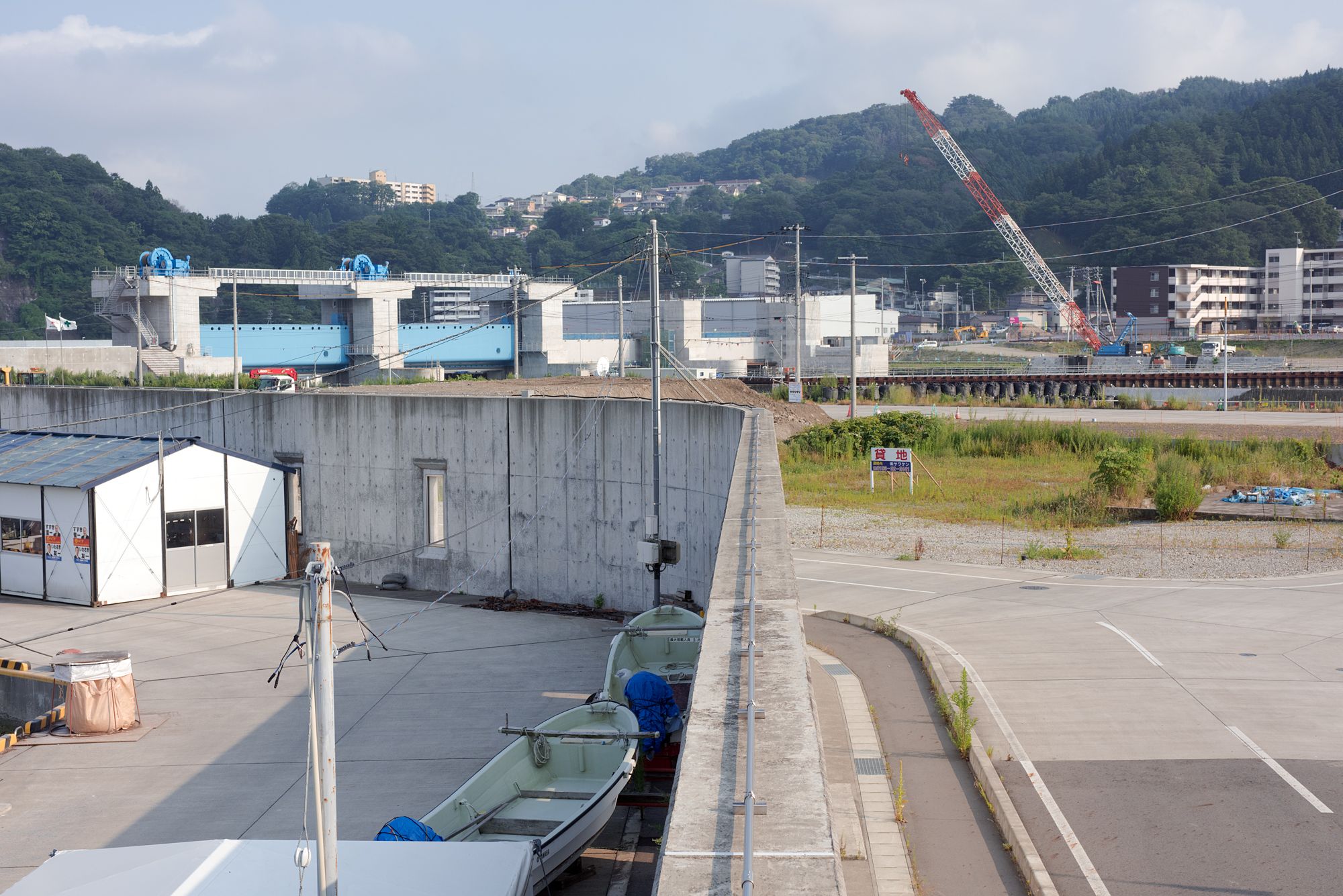
As Huang mentions, the locals aren’t too pleased with the wall because it makes them feel like fish in a fish tank — trapped where they reside, surrounded by barriers, unable to see the outside.
An even bigger problem is that the rising water levels caused by the climate catastrophe were never considered when the project was designed so a future tsunami may well breach the wall and prove its whole existence futile.
Pengkuei Ben Huang is a Taiwanese/Canadian photographer
based in Toronto, Canada. His early interest in history and geopolitics inspired him to undertake international politics studies at Pitzer College in Claremont, California in the US.
Upon discovering photography as his passion, he relocated to San Francisco and earned his BFA at Academy of Art University. He was selected as one of the finalists for The Scotiabank Prize in 2007 at Magnum Workshop Toronto under the mentorship of the renowned photographer Larry Towell. Since then he has taken an interest in utilizing photography as a medium to form a visual narrative that explores the relationship between humans and their surrounding environments.
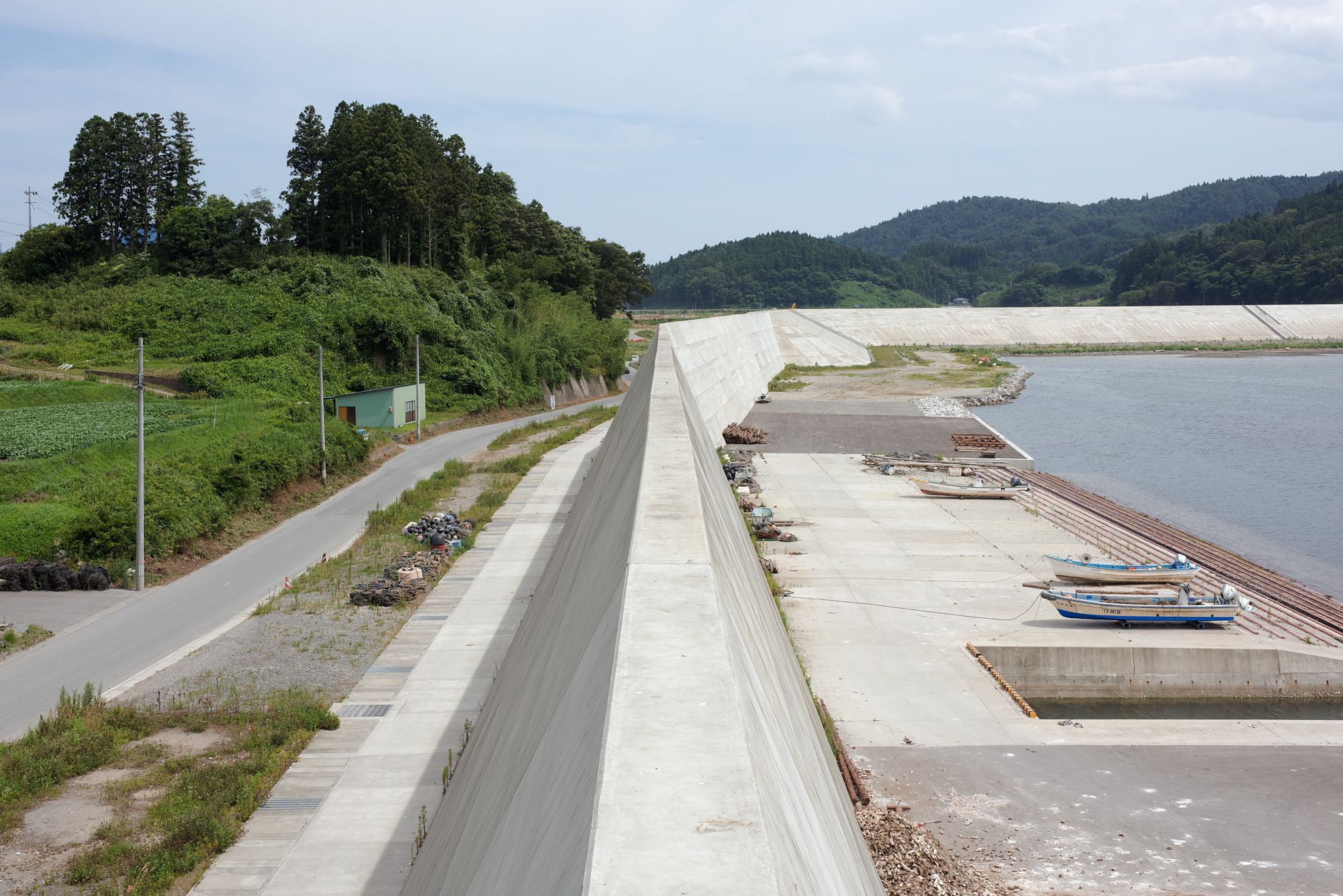
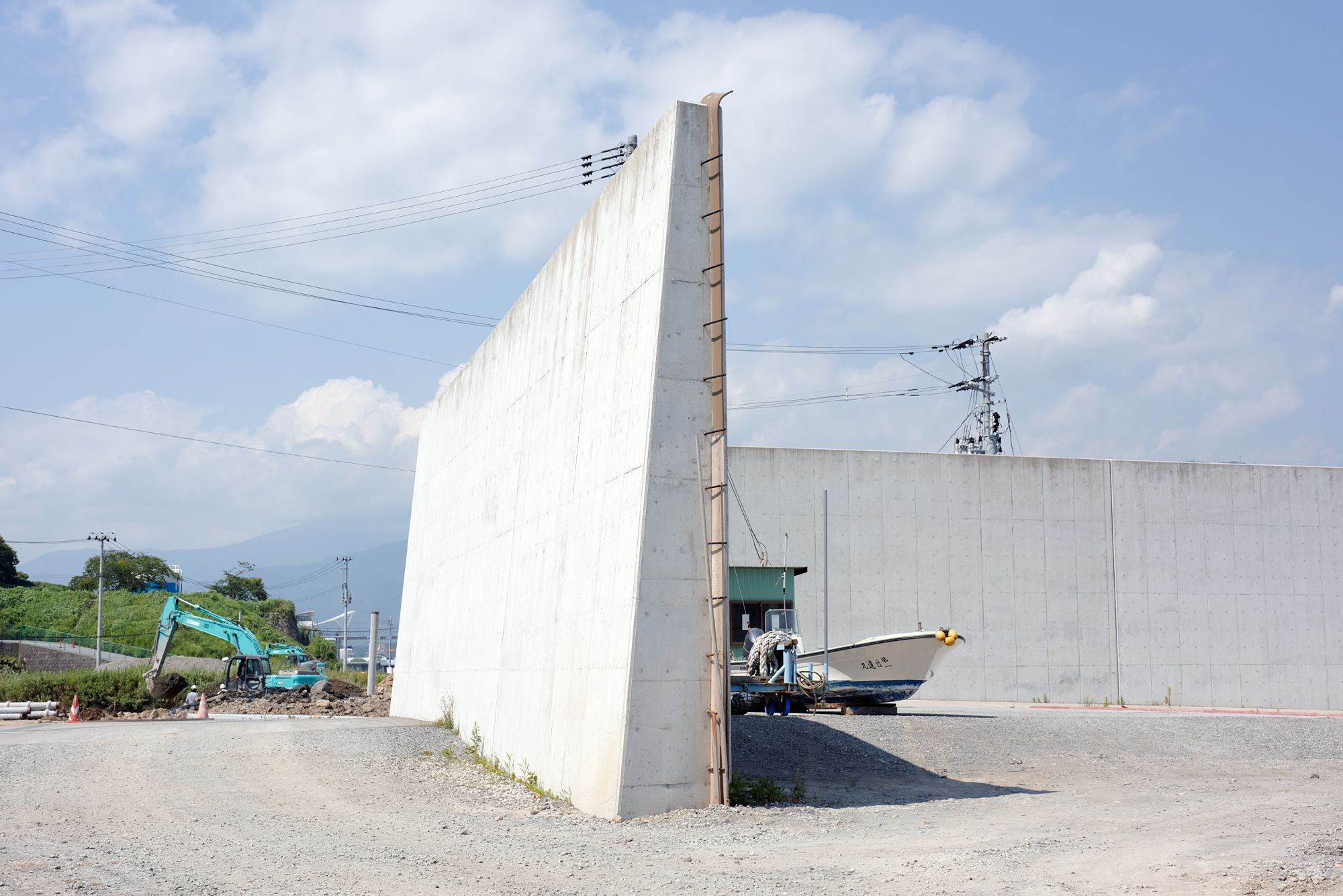
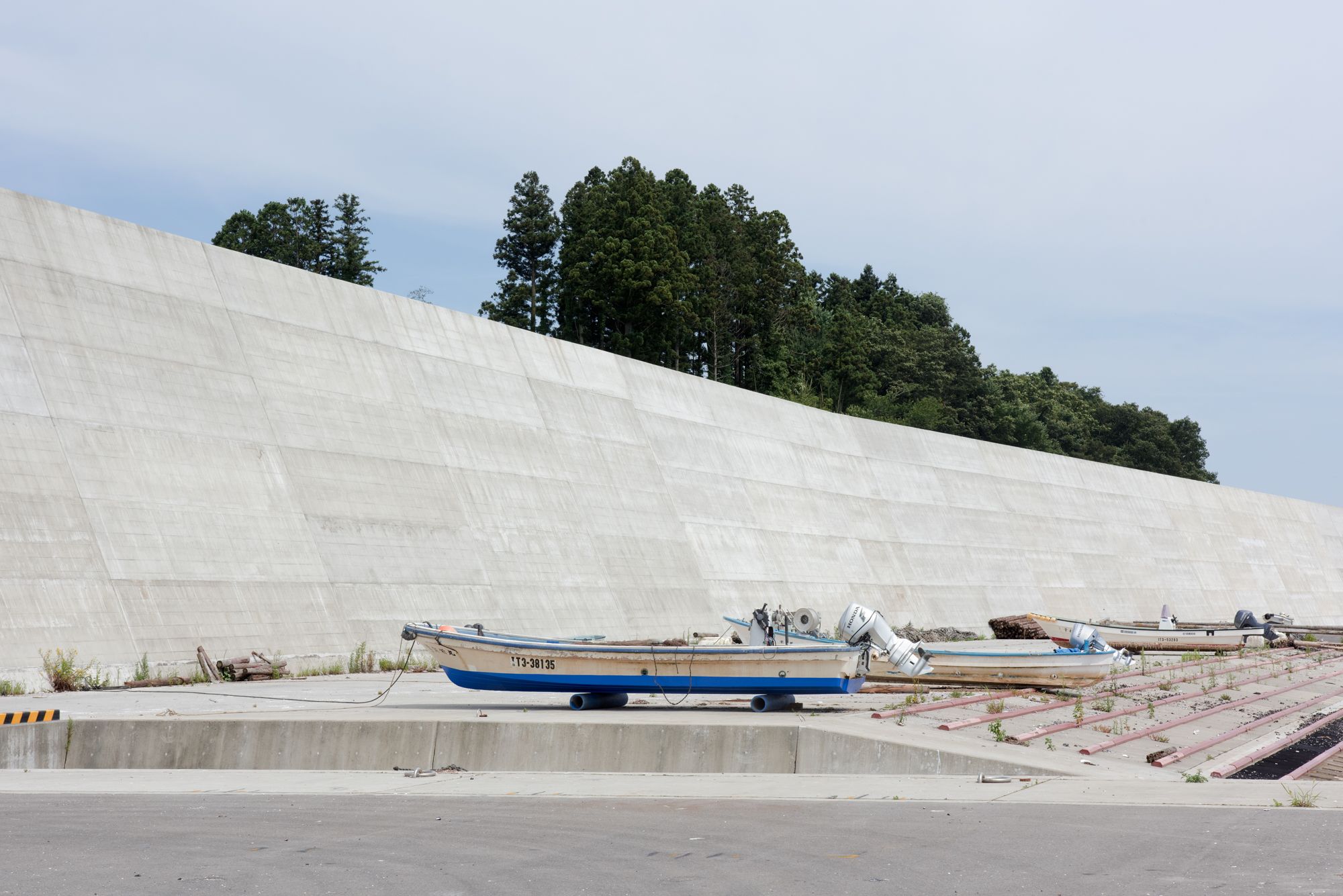
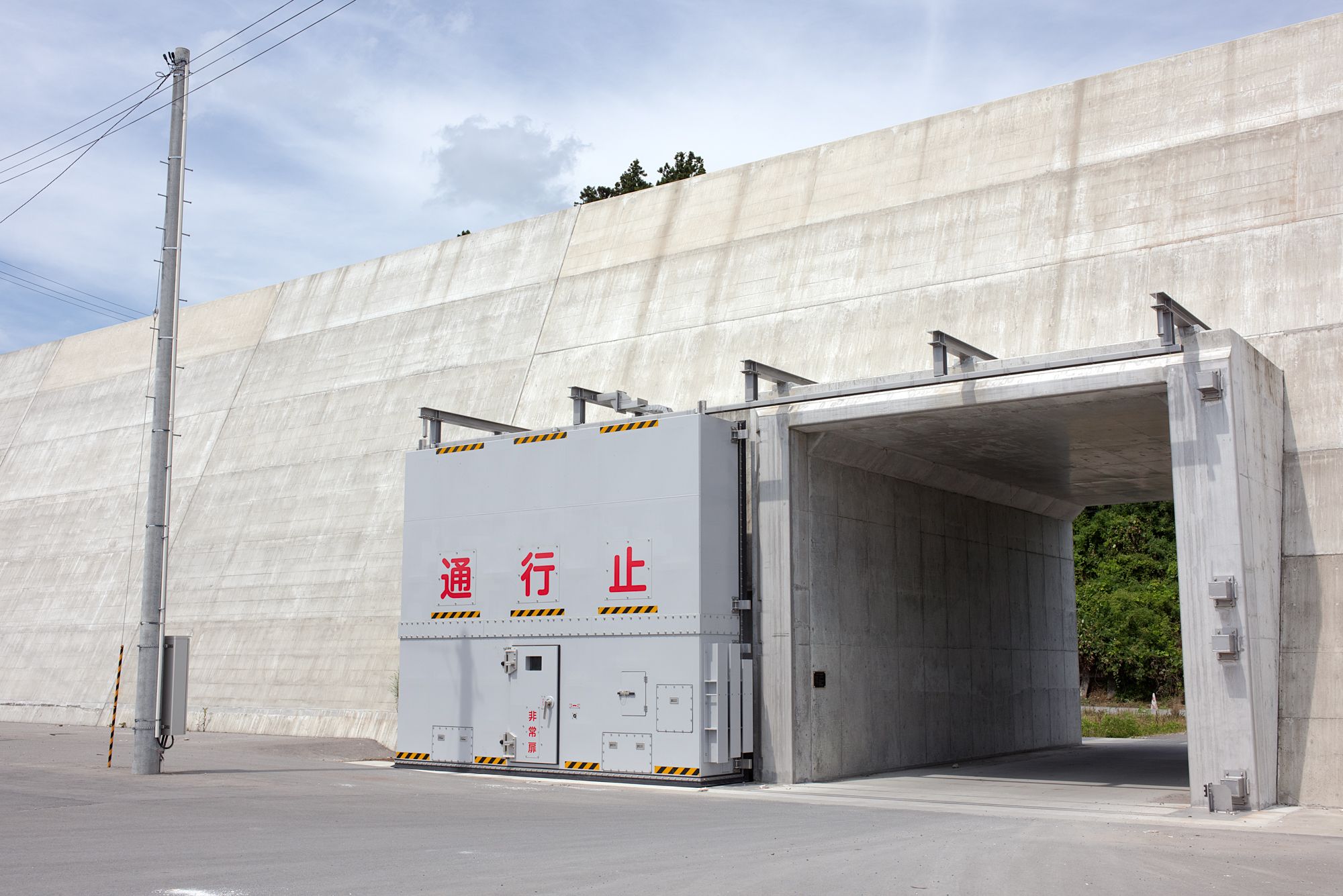
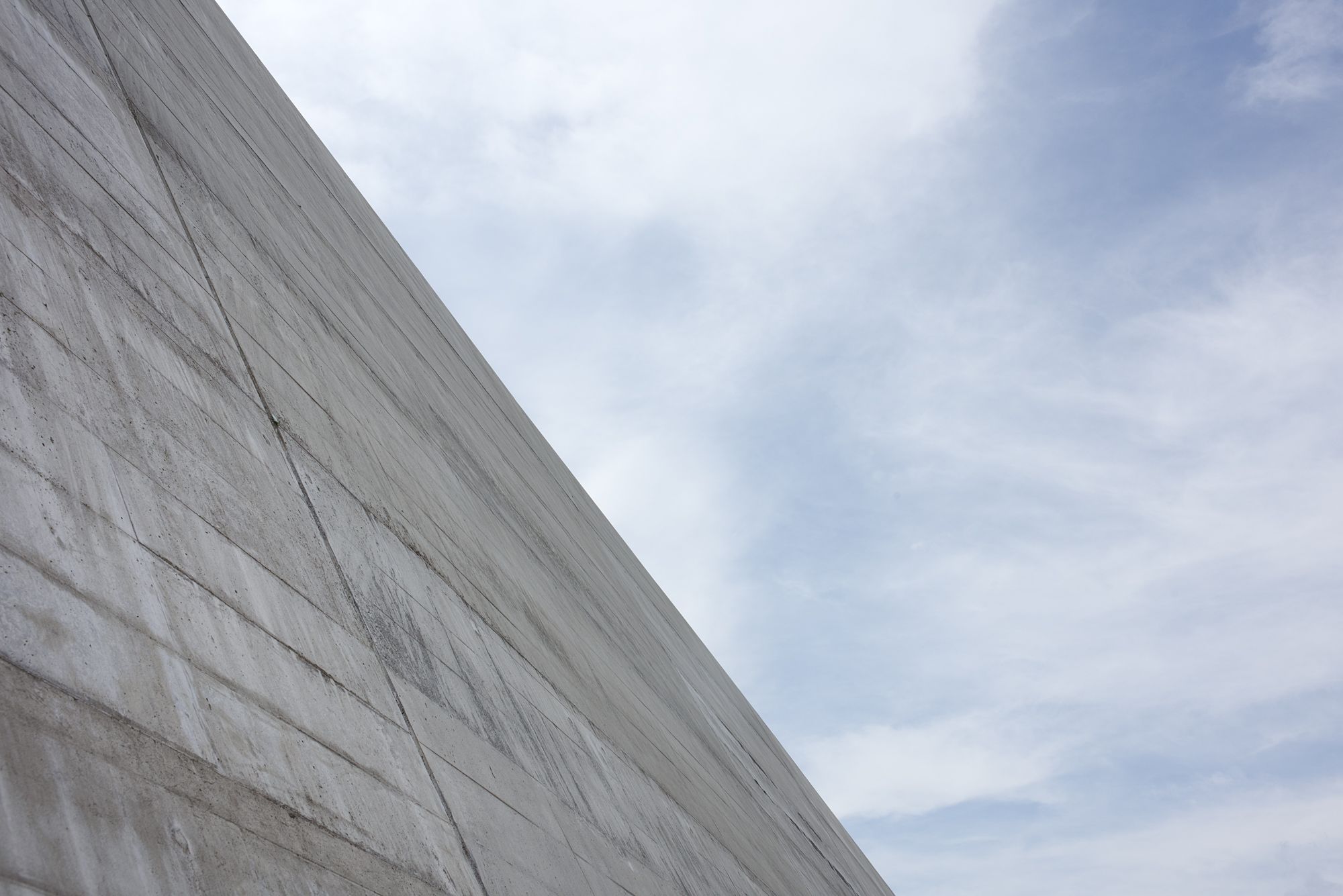
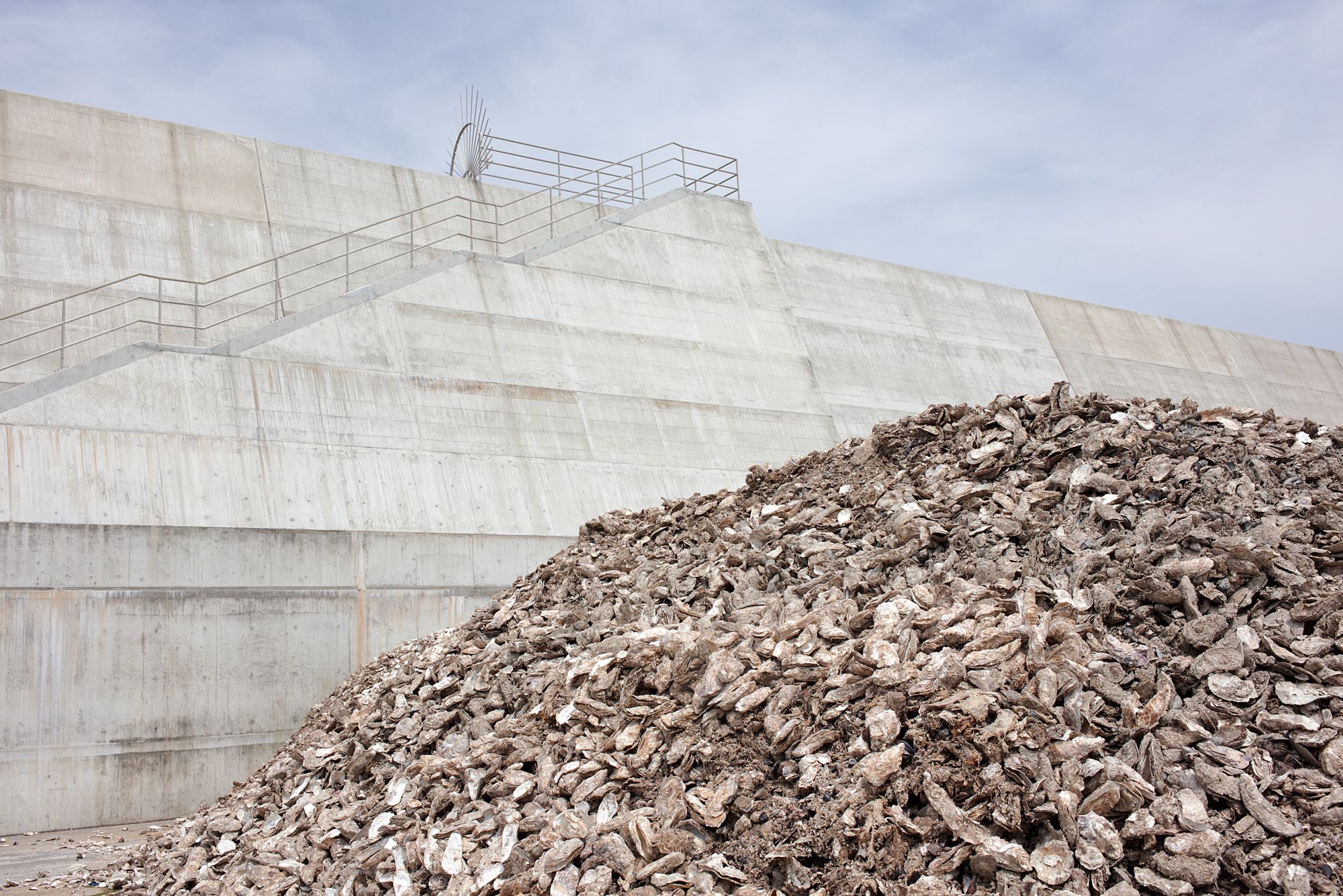
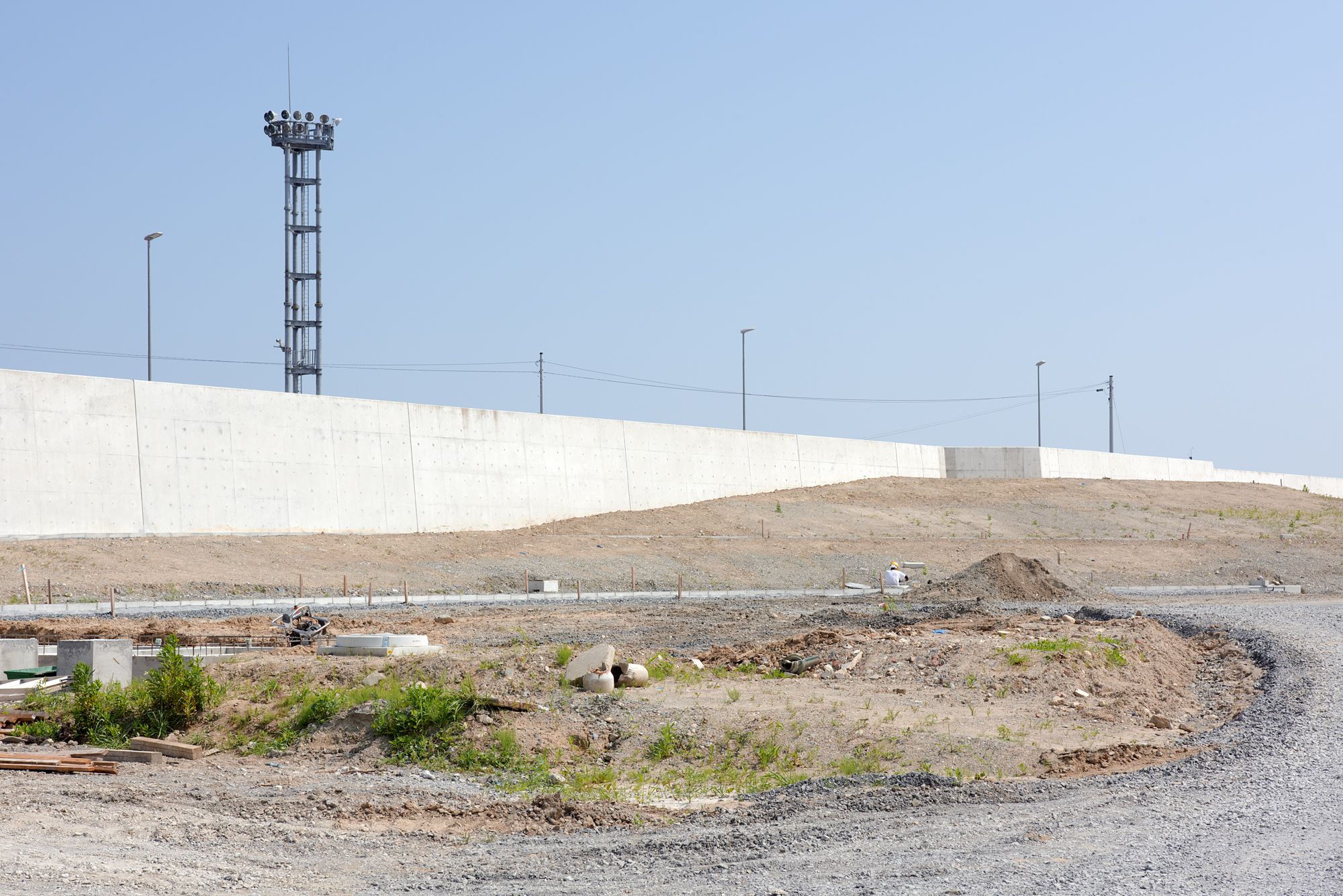
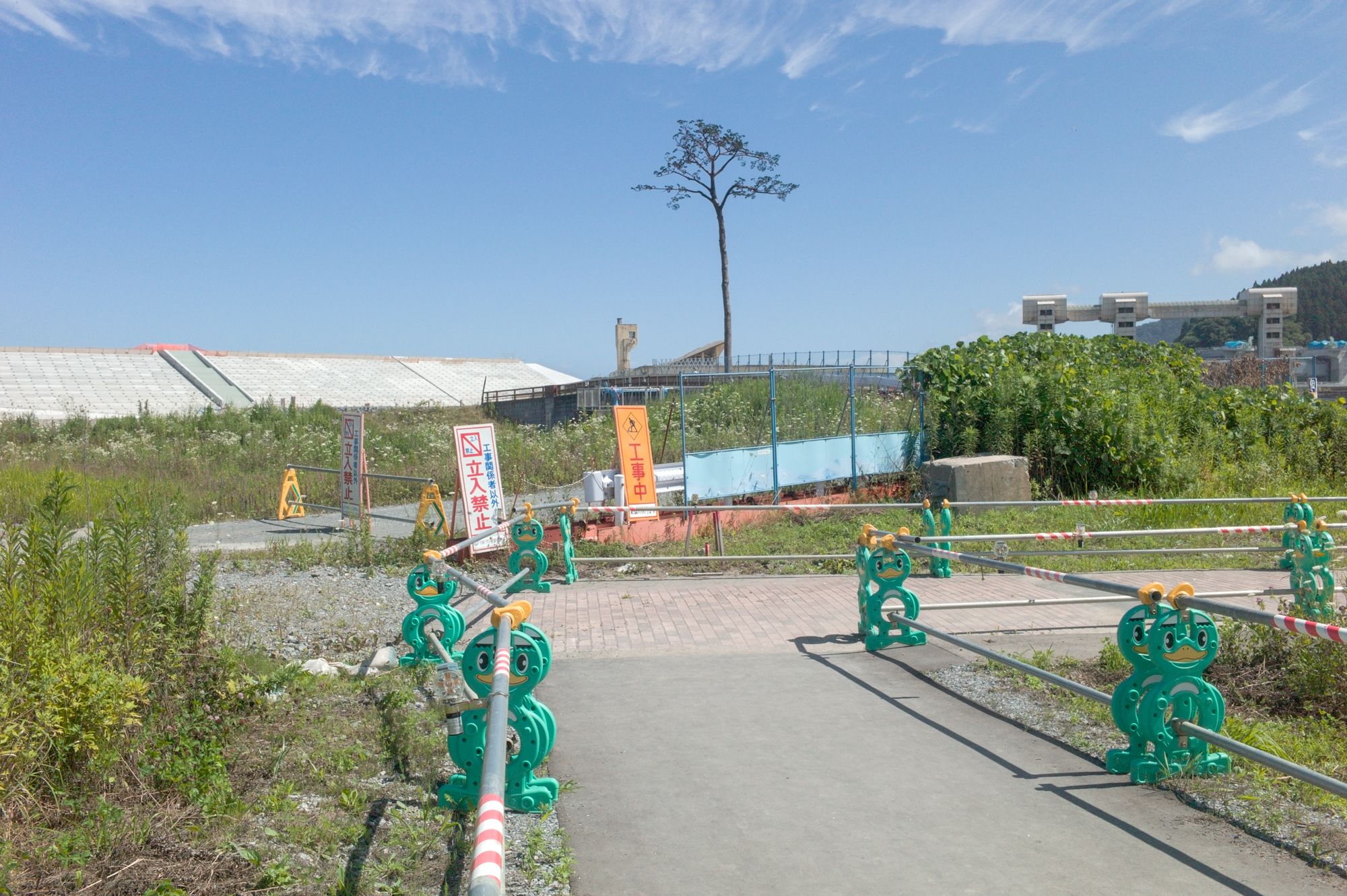
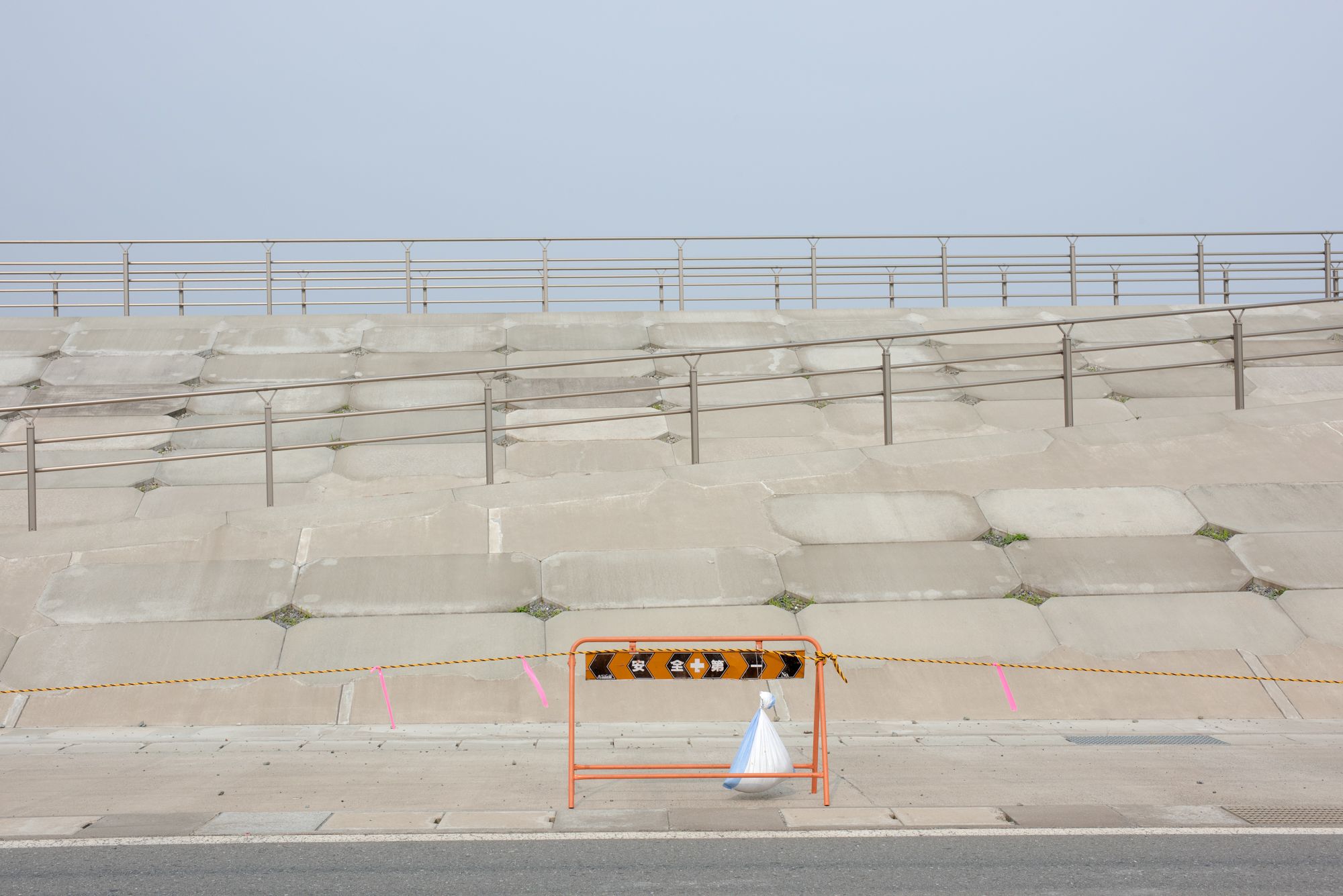
Back mnngful at promoting independent photojournalism
Thanks to photographers and journalists we learn about meaningful matters that otherwise stay neglected. mnngful is here to find such caring storytellers and amplify the meaningful message of the stories they tell.
We need your support via small regular donations to maintain and develop the platform further, to offer more opportunities for authors and more meaningful stories, for you, curious reader.
